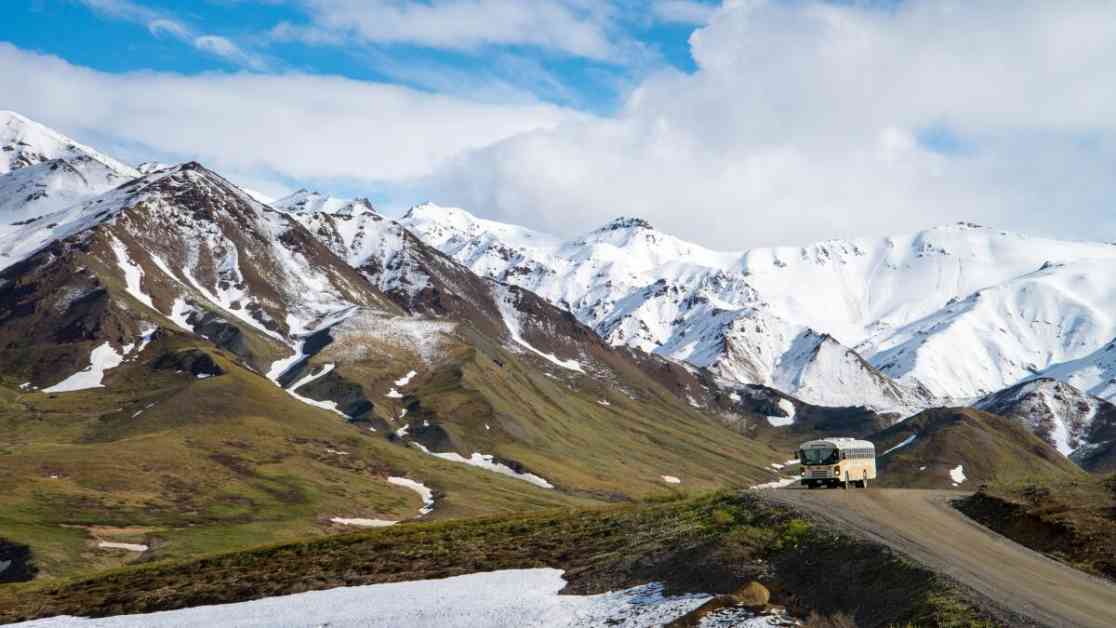President Trump has caused a stir with his recent announcement to rename the tallest peak in North America, Denali, back to Mt. McKinley. This decision has reignited a long-standing dispute over the name of the 20,310-foot Alaskan mountain.
Trump made the declaration on Monday, shortly after being sworn into office at the U.S. Capitol. He emphasized his desire to honor the legacy of William McKinley, the 25th president of the United States, by restoring his name to the imposing mountain. Trump also hinted at plans to change the name of the Gulf of Mexico to the Gulf of America as part of his executive orders on his first day in office.
The prospect of renaming Denali, a name that has been cherished by Alaskans for decades, has been met with strong opposition from various groups and politicians. Environmental organizations, including the Sierra Club, have expressed concerns about disregarding the wishes of Alaska Natives and elected officials by altering the mountain’s name.
Republican U.S. Sen. Lisa Murkowski and Democratic state Sen. Scott Kawaski have both vocally opposed Trump’s proposal, arguing that Denali, meaning “the great one” in the Koyukon Athabascan language, is the only fitting name for North America’s tallest peak.
In response to Trump’s announcement, U.S. Rep. Marjorie Taylor Greene has taken steps to introduce legislation that would officially rename the mountain on federal maps and administrative policies. This move has further fueled the ongoing debate surrounding the mountain’s historical name and its significance to the people of Alaska.
The controversy over the name of the mountain dates back over a century, with conflicting opinions on whether it should be called Denali or Mt. McKinley. Despite previous attempts to settle the dispute, the issue continues to be a contentious topic among politicians, conservationists, and indigenous communities.
As the debate rages on, the future of the mountain’s name remains uncertain, leaving many to ponder the significance of this symbolic decision and its implications for the heritage and culture of Alaska.

